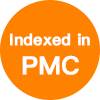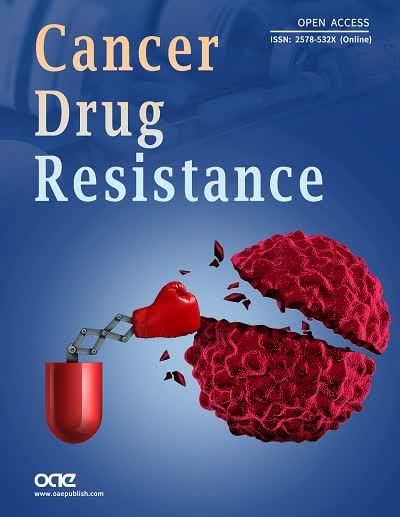fig1

Figure 1. In response to cellular stress, p53 can promote autophagy through various mechanisms. p53 can directly bind the conserved binding site in ATG gene promoters and transcribe proteins required for autophagosome formation. p53 can also induce transcription of JMJD2B demethylase that removes methylation on histone H3, allowing re-expression of previously repressed ATGs. Another proposed mechanism is through p53-mediated oxidative metabolism. Through activation of multiple target genes, p53 can shift metabolism away from glycolysis to favor oxidative metabolism instead. The reduction in glycolysis has been observed only in MDM2 amplified tumor cells. A resulting metabolite, αKG is a cofactor for JMJD2B, so it may be possible to play a role in histone modification that leads to re-expression of ATGs. Our paper showed αKG levels decreased in MDM2-amplified cells treated with Nutlin but increased in response to Nutlin in MDM2 non-amplified cells through an unknown mechanim (dotted arrow). Also, αKG may be involved in mTORC inhibition as observed in C elegans












